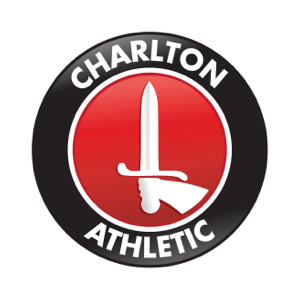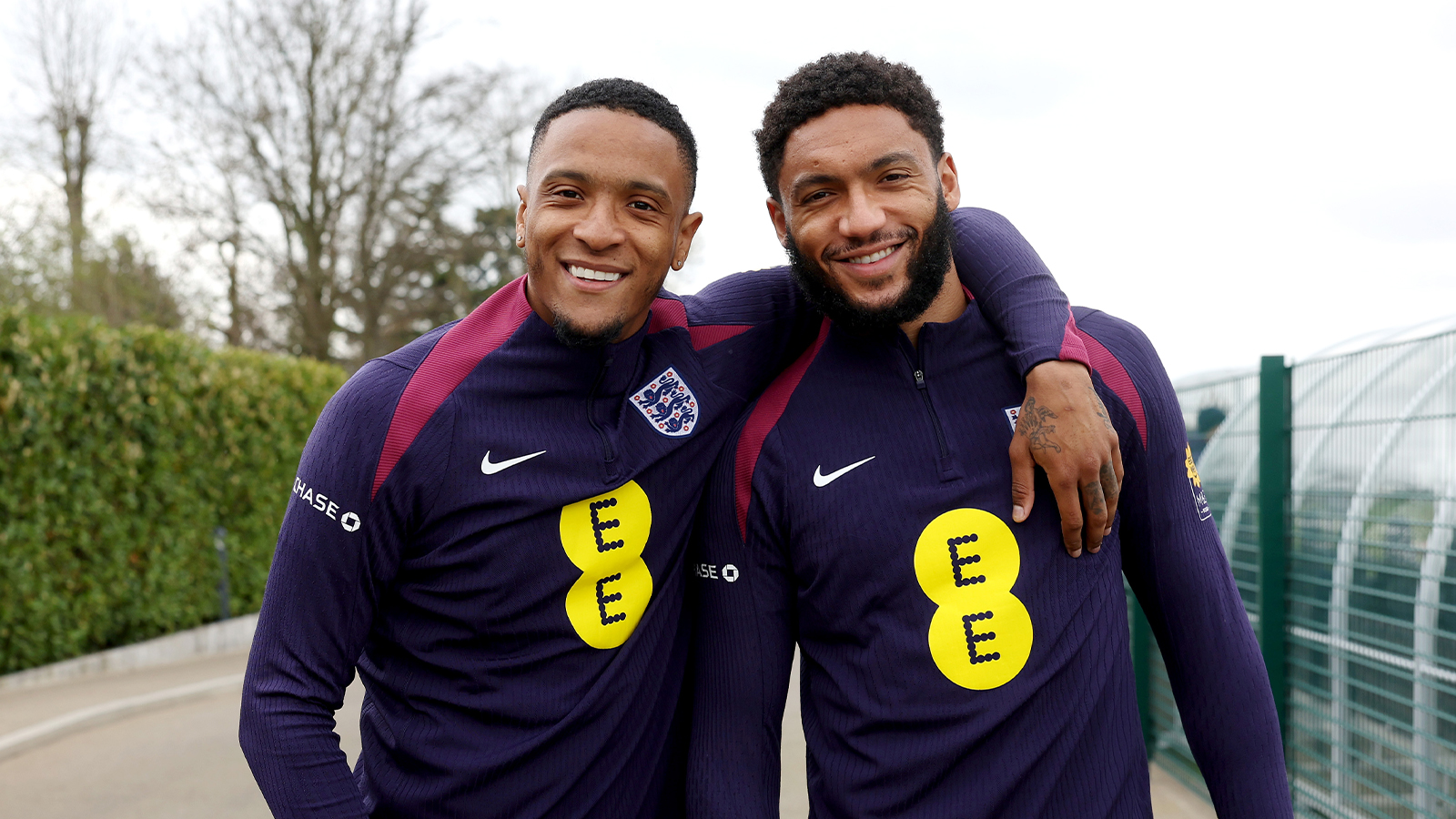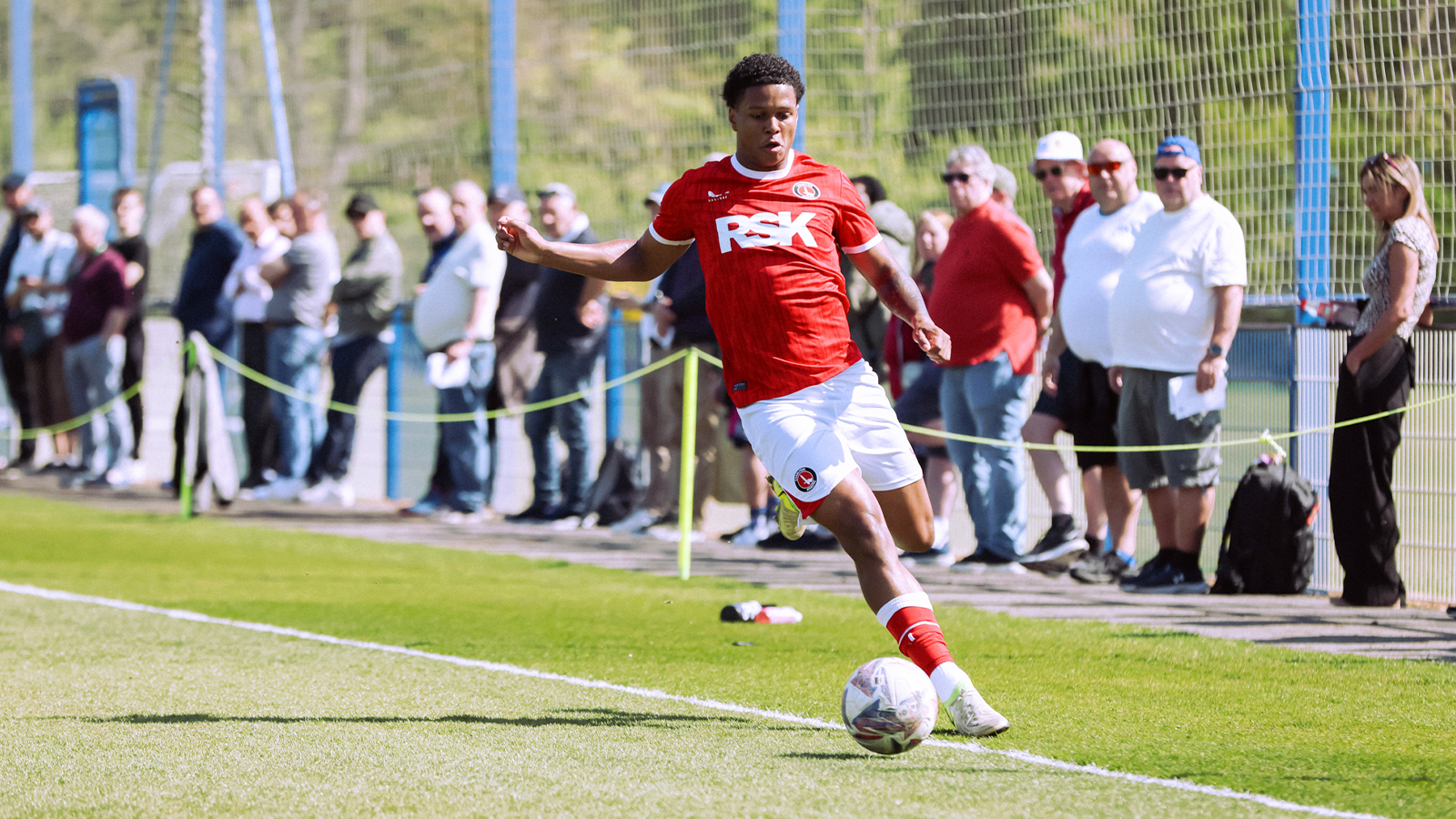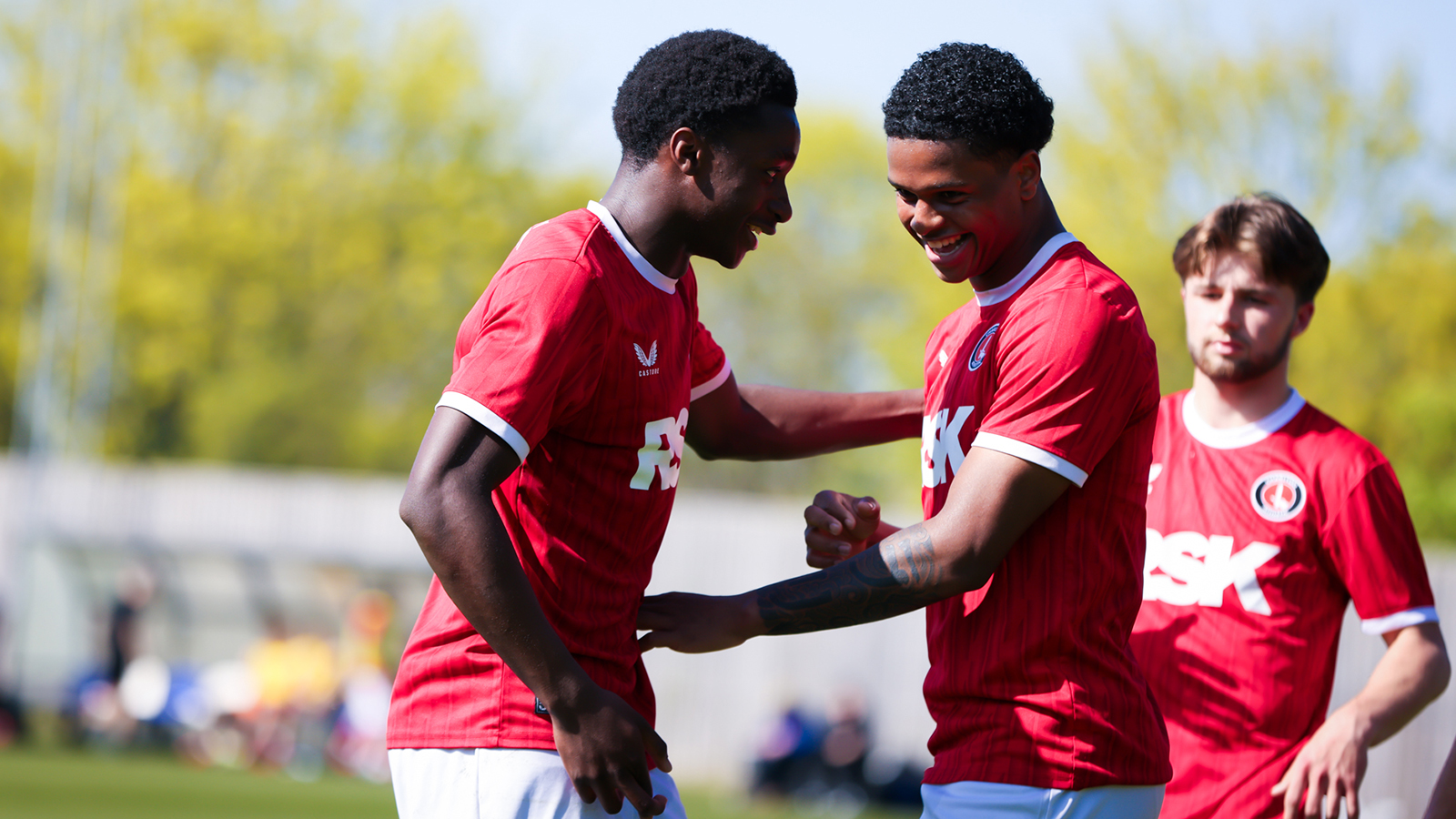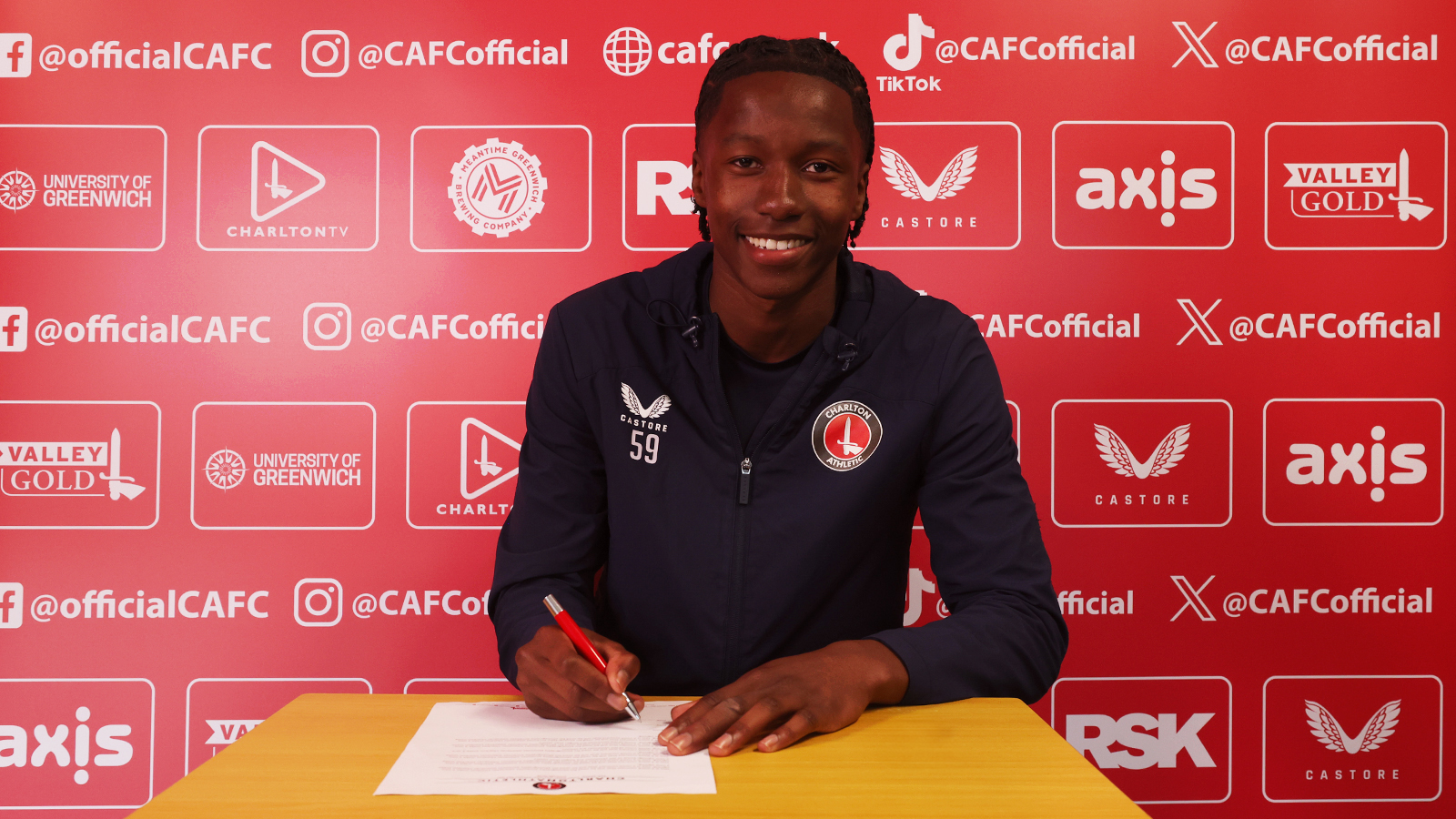It is a story that is two decades in the making. When the England squad for Euro 2024 was confirmed on June 6th, it was a hugely proud moment for two Charlton academy graduates. Both would have the chance to represent their country at a major tournament for the first time.
But the pride was not limited to the players themselves, nor their families. The Addicks would have two academy graduates flying to Germany to play for England. Only Manchester City have more.
This is a story about two footballers, but it is also a story about those who mentored them, who watched on through the rain on dark nights, who stood by them when things went wrong.
This is the story of Joe Gomez and Ezri Konsa.
Origins
When Gomez joined the youth set-up at U10 level, coach Dave Chatwin had already known him for years. “I first knew him as a six-year-old, coming into the development centre,” says Chatwin. “He wouldn’t take his coat off because he was so nervous!”
Surprisingly, given the player he has become, Gomez initially did not make the cut due to his physicality. “When he was a young boy - six or seven - the arches of his feet hadn’t developed yet,” explains Chatwin. “As a result he couldn’t quite move physically as well as some of the other boys. He didn’t originally get signed at the first opportunity, and his dad has spoken about it as a ‘positive knockback’ in hindsight.”
Chatwin’s colleague Peter Lodge had an idea. He would put Gomez into a grassroots club which Lodge ran - Lewisham Youth - and monitor his progress there. It worked, with Gomez signing a year later at U10 level.
By contrast, Konsa joined a couple of years later and was instantly spoken about as one to watch. “It was easier to spot that he had a technical proficiency level that was higher than most,” recalls Chatwin. “He had a natural calm and composure on the ball. Sometimes too bloody composed!”
‘Steady Joe’ and ‘Cheeky Ezri’
Although both were setting out on the first steps of what would be equally impressive careers, Gomez and Konsa were quite different in their personalities. The former quickly developed a reputation as a calming influence. “I used to call him 'Steady Joe' because I felt he was mature beyond his years, mentally as well as physically,” says Academy Director Steve Avory.
Head of Education Joe Francis agrees: “He was cool as a cucumber. He had a real calming influence in the group. For the age group he was really talented but he was very humble.
“A lot of that came from his parents, the way in which he was brought up. I still have a really good relationship with Gus, his dad. You could see Joe had just been parented well.”
Gomez’s parents were determined that, with all the success the young man was enjoying, he kept his feet on the ground.
“Humility was important to them as a value, in particular,” says Avory. “That was a big factor - as long as we could convince them there was a pathway for him - they wanted to keep his head squarely on his shoulders.”
In contrast to Gomez’s quiet determination, if Konsa was at the training ground then you would know about it.
“If I refer to Joe as ‘Steady Joe', then I refer to Ezri as ‘Cheeky Ezri’ because he was a different character in many ways - although the two lads get on very well together,” says Avory.
“If there was any banter flying around then he was at the centre of it,” agrees Chatwin. “He was the life and soul of the group.”
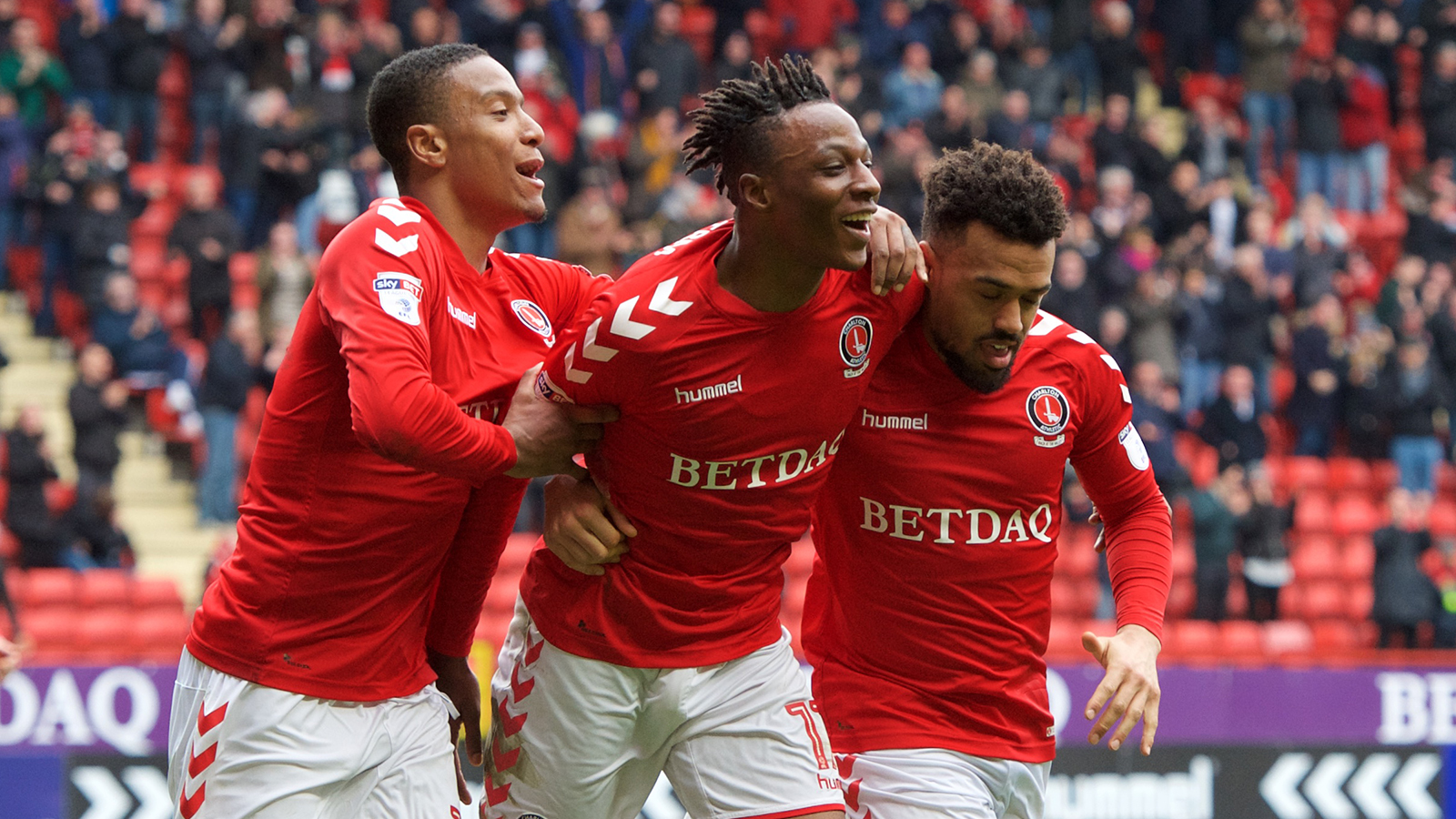
It is an impression shared by Francis as well: “Ezri was a character! He used to make me laugh, and I used to enjoy laughing with him - and reeling him in every now and again!
“He gave me a few sleepless nights, Ezri. Not that he was malicious or anything - he didn’t have that in him - but there were just one or two behavioural incidents at school that I had to smooth over.”
Importantly, Konsa never let the jokes get in the way of training. “There was always a smiling Ezri, in every training session,” remembers Avory. “But he could be very serious. In the same mature way as Joe, he knew a job had to be done.”
Similarly to Gomez, Konsa had excellent support at home. “He had good parents,” explains Chatwin. “He had a big brother that was very close to him, and who would clip his wings if he needed to.”
'Playing up'
As Gomez and Konsa progressed, it became clear that the academy had two special talents on their hands. Consistently dominating their age groups, the decision was taken to have both of them ‘play up’ with older players.
“Joe began to stand out as an U14, when we challenged him by playing him in the U15s,” recalls Avory. “Then when he was an U15, we actually put him in for the U18s in the second half of that season.
It wasn’t all plain-sailing for the young defender. Coaches identified a number of areas that Gomez had to work on - including his heading, range of passing and left foot.
“Being a 15 or 16-year-old coming into the U18s, I could see at times the pride that he showed so much with his competitive edge,” says Avory. “So when he didn’t perform so well, he would be mentally beating himself up. But that’s all part of developing emotionally, and being able to handle adverse situations.”
Despite being far from the finished product, any player playing so far above their own age group is going to attract attention from other clubs. But Gomez opted to commit to his scholarship and sign a professional deal at Charlton. From there, he went from strength to strength, skipping U21s football entirely.
“Even in his first year as an apprentice he was involved with the first-team,” says Francis. “It was a meteoric rise. In his second year as an apprentice he was full-time in the first-team.”
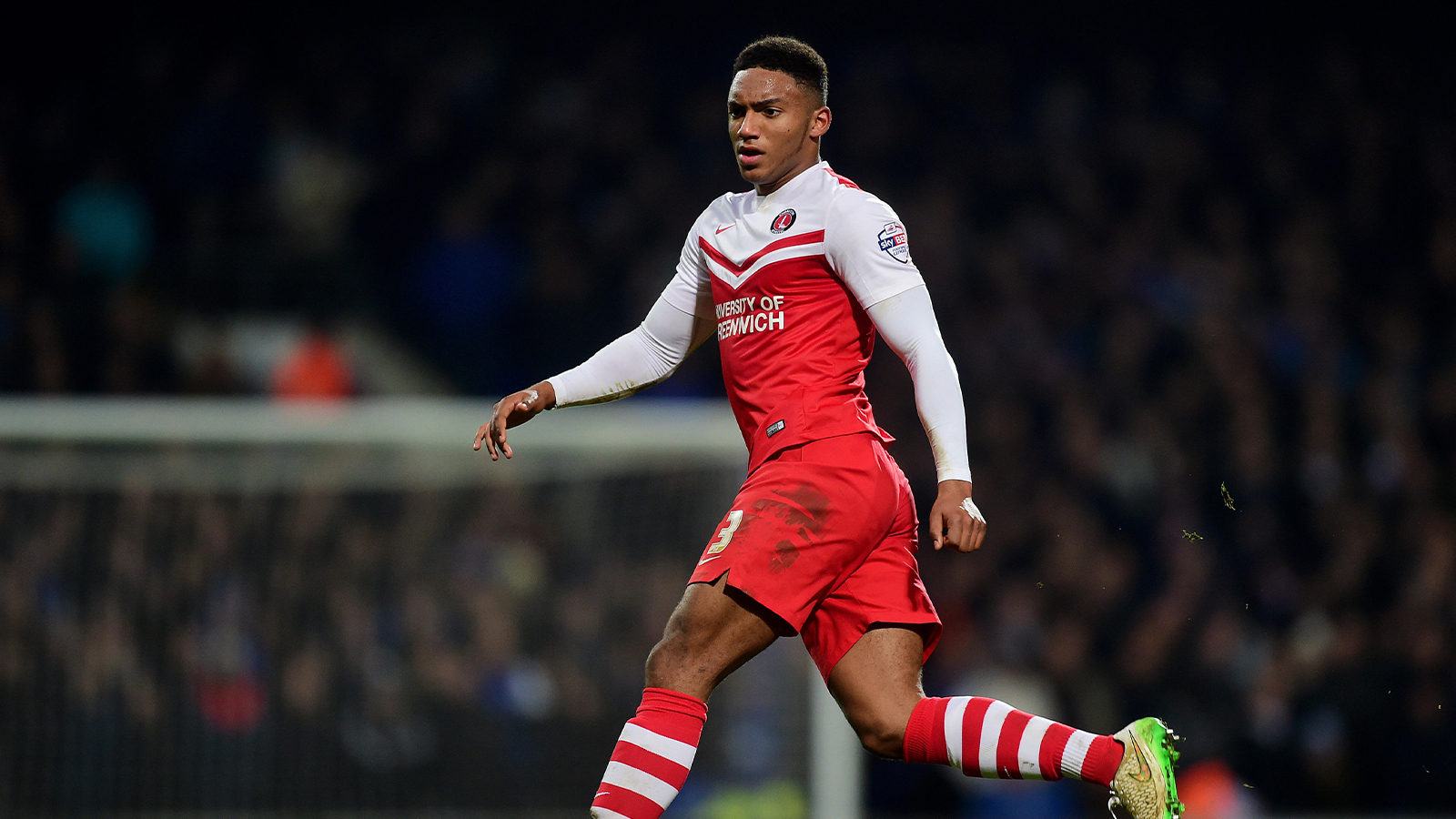
A school year below Gomez, Konsa was also stretched by the coaching staff. “He needed to be challenged, and he ended up playing in Joe’s year group, the year above, with the Ademola Lookmans, the Brandon Hanlans, the Josh Umerahs,” says Avory.
Some at the academy felt that Konsa needed to be slightly more disciplined in training - something that the defender took on board once he turned 16.
“When he started his scholarship, we all made it quite clear to him that he’s got to buck his ideas up - because he was so laid back,” says Francis. “He never looked back - from the moment he started his scholarship he adopted a completely new attitude to his professional life.”
Much like Gomez, from that point onwards it was clear that Konsa would progress quickly.
“I saw in that first six months [in the U18s], that he was a player that could rapidly rise into the U21s,” says Avory. “The first-team side is down to other people, but he quickly came up on their radar.”
It would not be long before those 'other people' were thinking very seriously about the two young defenders.
Breakthrough
Gomez was the first to make his mark in the first-team. Such was his reputation in the youth sides that Bob Peeters was already aware of the defender when he arrived in May 2014. The Belgian included him in his pre-season squad, and Gomez would make his debut on August 12th, 2014 in a 4-0 win over Colchester United in the League Cup.
Not everyone was delighted to see Gomez in the side. “I remember Joe telling me a story about playing with Tal Ben-Haim in his first couple of games,” says Chatwin. “Tal was on his case, trying to test Joe’s character, because he was knocking on the door trying to take his place. But he didn’t let it phase him at all, he knew he was there on merit.”
Gomez impressed teammates with his physicality right from the off. Fellow defender Lawrie Wilson was particularly surprised: “Joe’s an interesting one. What you tend to find with young players that are coming through is they’re smaller - their structure, their frame can be quite petit. There’s always something where you’re like, ‘he needs to work on his physicality’.
“But Joe was completely the opposite. He came in at 16, 17 and he was a man already, in his physique. He could already hold his own physically, which was new for me to see.
“I think the best way to describe him is he was like a Rolls Royce. It was like water off a duck’s back, you know, there was nothing phasing him. Most people that come up with the first-team tend to be slightly scared or withdrawn in the training sessions… But you would look at him when he was playing and it would be as if he’d been playing for 10-15 years.”
With Chris Solly unable to play two games a week, Peeters quickly established a pattern - Solly would play on Saturdays, and Gomez on Tuesdays. Within very little time at all, Gomez was a first-team regular.
It took slightly longer for Konsa. But when manager Russell Slade joined in June 2016, he turned to the academy.
“At the time I came to Charlton, the squad needed revamping,” Slade says. “I quickly saw the potential of a very, very good youth policy.”
Alongside the likes of Joe Aribo, Konsa was promoted by Slade and became an established member of the first-team squad in that pre-season.
“I’ve always had an eye for a young player, and their potential,” explains Slade. “What you don’t know is how far they’re going to go! But certainly I saw huge potential in him.
“Of course, he was still growing and filling out physically, but he saw danger, he was quick to recover, he enjoyed defending, he was certainly going to be strong enough aerially as well, confident on the ball, and had a real thirst for getting better and improving.”
Three days shy of two years after Gomez made his debut, it was Konsa’s turn in a 1-0 League Cup defeat to Cheltenham Town. From that point onward the defender never looked back, making 39 appearances that season and being named as the club’s Young Player of the Year.
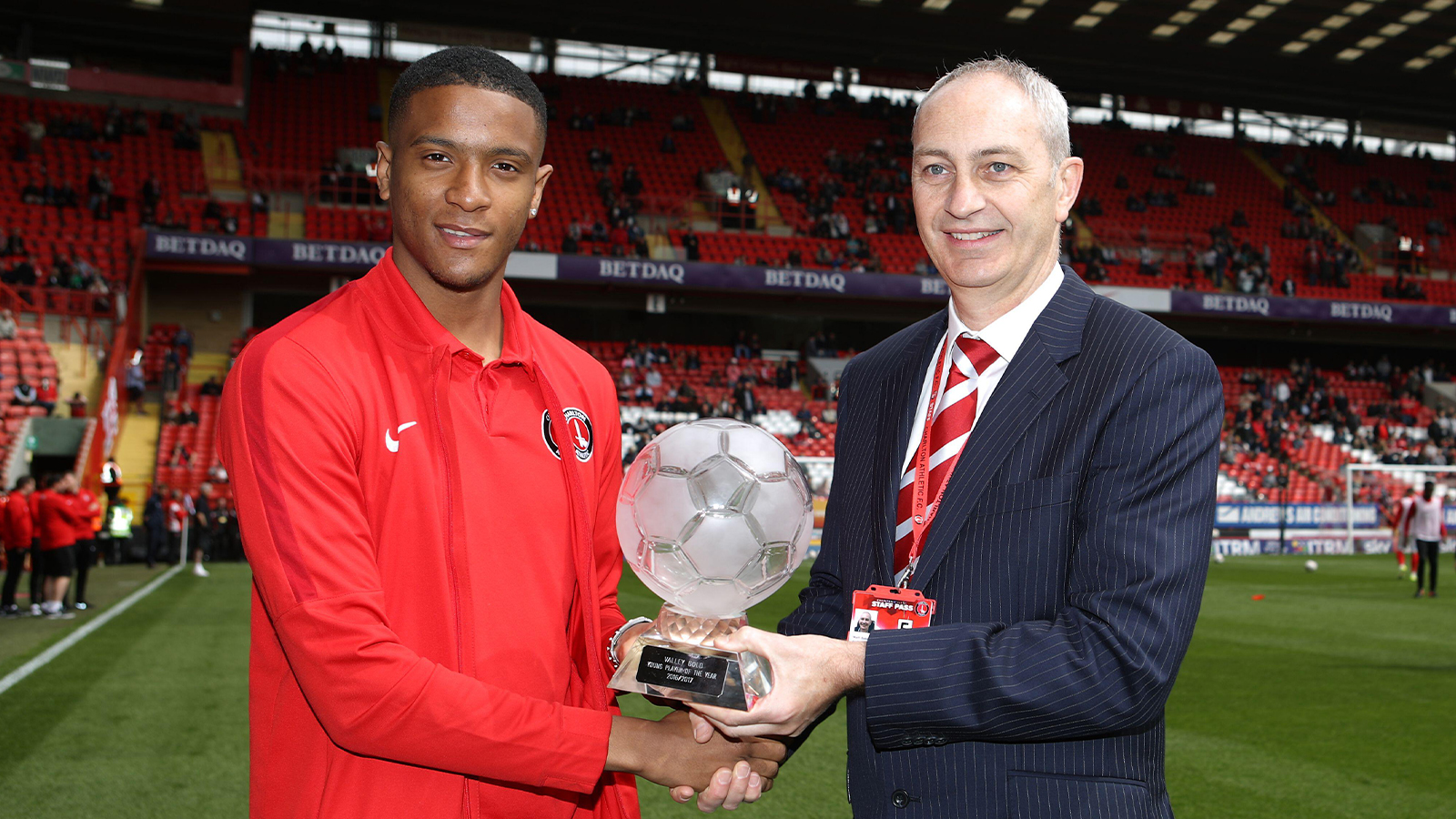
Life after Charlton
Unfortunately for the Addicks, both players would move on - Gomez to Liverpool in 2015 and Konsa to Brentford in 2018.
There were still bumps in the road in store for each player - Gomez had to contend with a number of very serious injuries, while Konsa had to take the slow route to the top, joining Premier League Aston Villa a year later and slowly establishing himself as one of the best defenders in the country.
“It fills us with immense pride that [Gomez] has gone on to not only overcome injury but establish himself as a Premier League player and just maintain his humility,” says Francis. “And I know it’s taken longer for Ezri, but I always thought he was on a par, in terms of talent, with Joe. We all thought the same.”
Chatwin credits Gomez’s resilience with having to overcome his initial rejection from the Charlton at U9 level: “Having gone through that setback right at the start meant that when he did get an opportunity he was ready to seize the moment.”
Part of each player’s success has come due to their ability and willingness to play in various positions - Gomez in particular has played centre-back, right-back, left-back and defensive midfield this season.
“The versatility is something that we’re very keen to do,” explains Lodge. “We don’t pigeonhole.”
In fact, Konsa played the majority of his early youth career in midfield, and only moved back to centre-back when he began his apprenticeship at 16.
“Ezri was always a talented player, skilful on the ball,” says Lodge. “It’s the Charlton way. If you look at the centre-halves that Steve [Avory] likes, he likes to have ball-playing centre-halves, who can travel out and step into midfield.
“If you look now at the players coming through, you’ve got Keenan Gough who was a midfielder turned into a centre-half. Zach Mitchell the same. They’re the type of players we produce.”
It is a style of defender that is perfectly suited to Gareth Southgate’s Euro 2024 squad, the most technically gifted the England Manager has ever selected.
Lodge spoke of his pride at seeing each player in the squad: “It’s a tremendous moment for all of the coaching staff, because we all get very attached to the boys.
“You go through the stages of pride - you seem them make their debuts; you see them run out at The Valley. It’s no coincidence that whenever an academy player makes the first-team, you’ll see a lot of academy staff there… It’s unbelievable - you played a small part in that somewhere along the line.”
Despite the pride, it is not necessarily a surprise for those who worked with each player.
“I’ve been speaking about it for a while, to be honest,” says Wilson. “I was very close with Johnnie Jackson at the time Joe moved to Liverpool. We used to travel in together, and we used to say in the car, ‘it wouldn’t surprise me if one day in the future he was England captain’.”
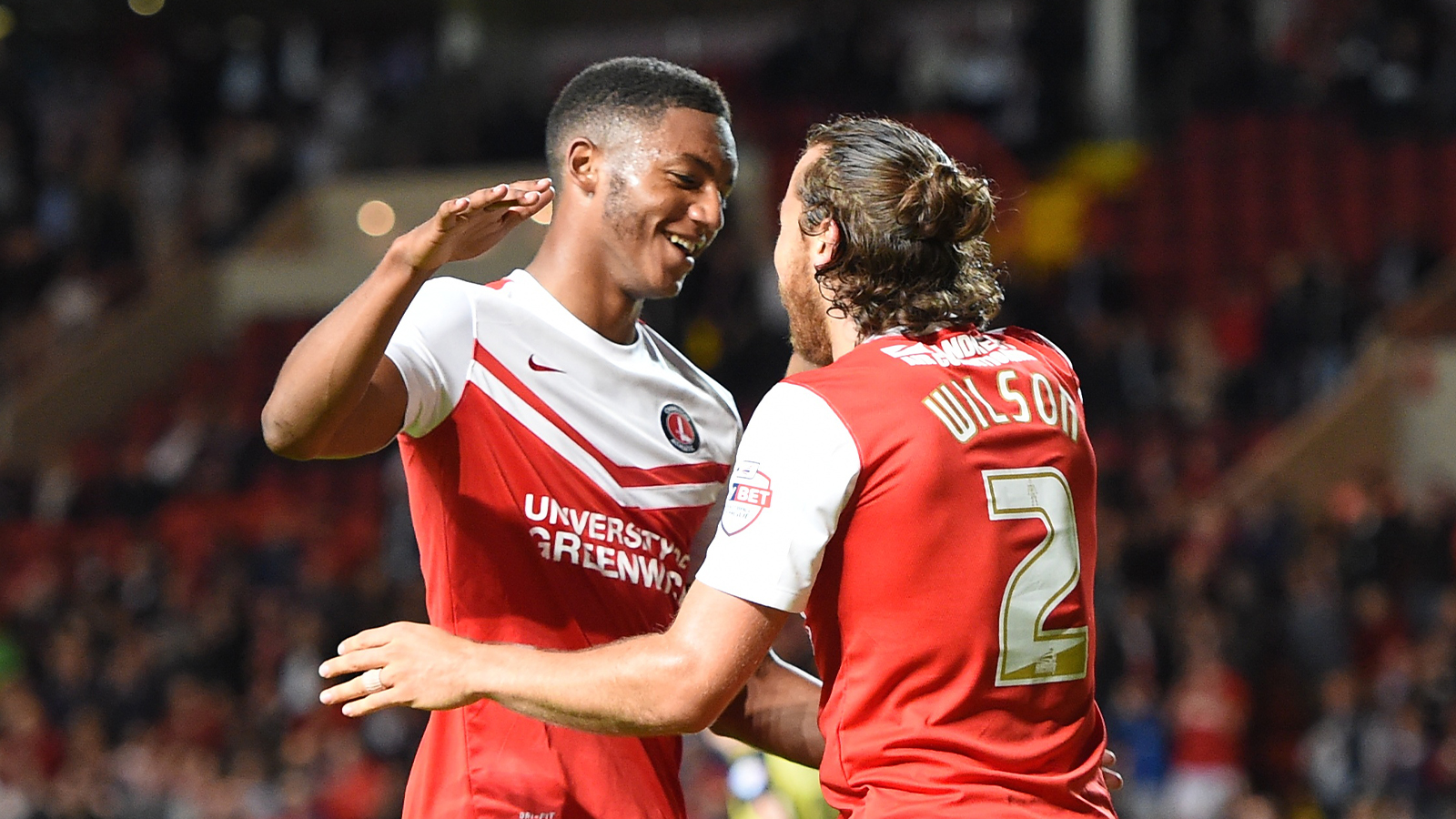
“Ezri is like Joe,” Chatwin agrees. “Whatever level you put them on, they’re able to achieve and surpass it quickly.
“But am I surprised he’s playing left-back? Yes!”
It remains to be seen how England will perform at Euro 2024. But one thing is for sure - despite reaching what is pretty much the pinnacle of professional football, neither Joe Gomez nor Ezri Konsa will forget where they came from.
“We see them when they do come back,” says Lodge, one of the many who has been there throughout each player’s journey. “If they pop into The Valley, we’ll always see them.
“They know as well as anybody that we are watching and supporting.”
Charlton fans can support the academy by signing up to the Valley Gold scheme. Valley Gold enables fans to support the club’s academy in unearthing the talents of tomorrow, as well as giving them the chance to win cash prizes.
Click here for more information on how you can become a Valley Gold member.
(Transcription by Christopher Umunna)
